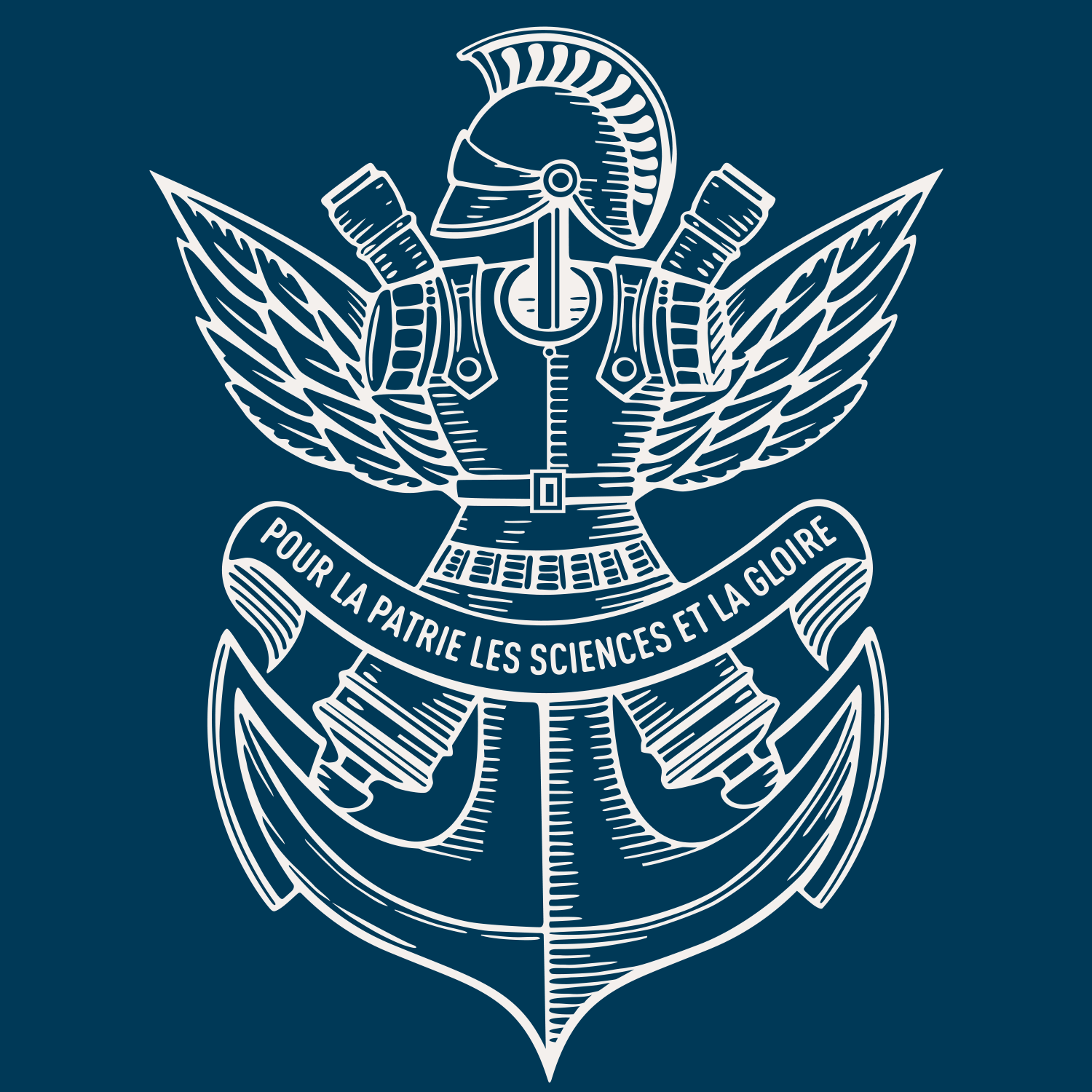Numerically-aided 3D printed random isotropic porous materials approaching the Hashin-Shtrikman bounds
Résumé
The present study introduces a methodology that allows to combine 3D printing, experimental testing, numerical and analytical modeling to create random closed-cell porous materials with statistically controlled and isotropic overall elastic properties that are extremely close to the relevant Hashin-Shtrikman bounds. In this first study, we focus our experimental and 3D printing efforts to isotropic random microstructures consisting of single-sized (i.e. monodisperse) spherical voids embedded in a homogeneous solid matrix. The 3D printed specimens are realized by use of the random sequential adsorption method. A detailed FE numerical study allows to define a cubic representative volume element (RVE) by combined periodic and kinematically uniform (i.e. average strain or affine) boundary conditions. The resulting cubic RVE is subsequently assembled to form a standard dog-bone uniaxial tension specimen, which is 3D printed by use of a photopolymeric resin material. The specimens are then tested at relatively small strains by a proper multi-step relaxation procedure to obtain the effective elastic properties of the porous specimens.
| Origine | Fichiers produits par l'(les) auteur(s) |
|---|
Loading...

